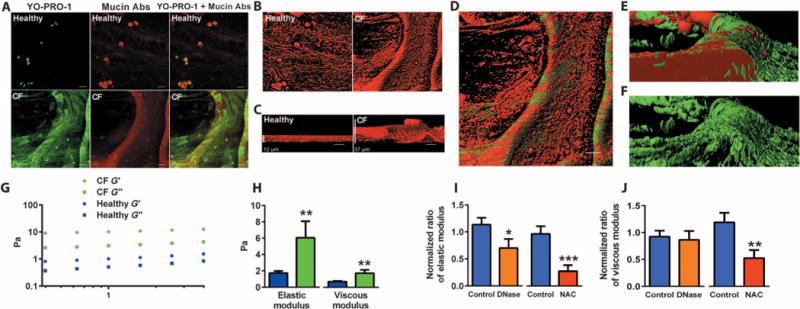Fig. 1. Mucin and DNA biopolymers in mucus and effect of mucolytics.

(A) Confocal image of sputum from healthy and CF subjects. Mucins (red) are present in healthy and CF sputum, whereas DNA (green) is more abundant in CF. Abs, antibodies. (B) 3D rendering of XY images of mucins. (C) Z-stack images of mucins. (D) Relationship between mucin and DNA polymers in CF mucus gel. (E) 3D rendering shows a dense mucin core with overlying DNA polymers. (F) DNA web with mucin core subtracted. (G) Typical frequency sweep of the elastic (G′) and viscous modulus (G″) of healthy (open symbols) and CF sputum (closed symbols), showing that G′ predominates over the G″ across a broad range of frequencies, indicating a viscoelastic gel. (H) Summary of average G′ and G″ (at a frequency of 1.0 Hz) in induced sputum from 15 healthy and 14 CF subjects. (I) Effects of treatment with mucolytics on G′ of induced sputum from 10 CF patients over a 4-hour test period. rhDNase (0.1 mg/ml) significantly reduced G′, but NAC (61 mM) had a larger effect (74 ± 10% reduction versus 34 ± 16%, P = 0.04). (J) Effects of treatment with mucolytics on the G″ of induced sputum from 10 patients with CF. rhDNase had little effect on G″, whereas NAC had a significant effect. The normalized ratio of elastic modulus refers to the posttreatment G′ divided by pretreatment G′. The effects of mucolytics on G′ and G″ are compared to normal saline. Scale bars, 20 mm (unless otherwise indicated). Data in (H) to (J) are means ± SEM. *P < 0.05; **P < 0.01; ***P < 0.001.
